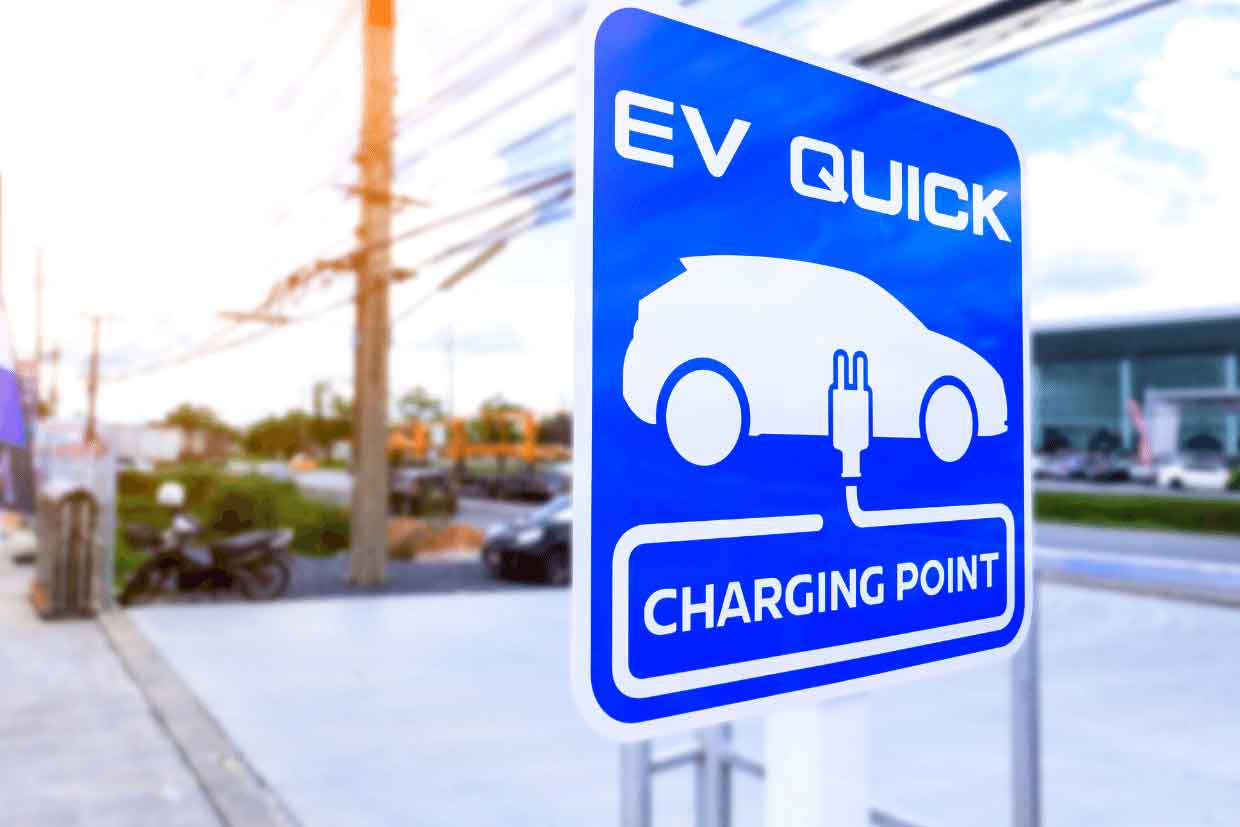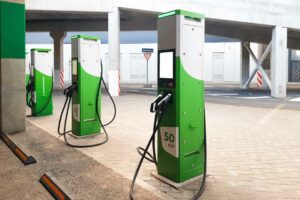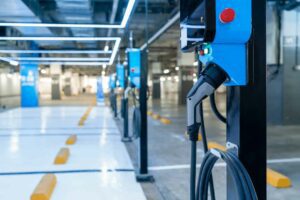Detailed guide how to use electric vehicle charging point correctly in Singapore
Those who do not have the capacity to charge their electric vehicles at home and those who are traveling a greater distance may find that using public charging stations as a huge advantage. In this article, we will walk you through, how to use EV charging points correctly in Singapore, how to use the numerous varieties of public charging stations as well as some of the key differences that you should be aware of.
There has been a recent uptick in the number of people who own electric vehicles, so you may be asking where you can charge your EV in Singapore. It is the goal of the Singaporean government to completely replace the sale of vehicles that utilize ICE’s with EVs by the year 2040. In order to provide the necessary infrastructure to support this goal, the government plans to install 60,000 charging points across the entire island by the year 2030. This will result in around 40,000 stations being located in public parking lots and 20,000 stations being located in private establishments.
At first, using a public charger could appear to be a difficult task. There are a few things you need to be aware of, but unlike what you might believe, the process is not quite as hard as it seems. You will gain a fundamental understanding of the process of charging an electric vehicle using destination chargers or public rapid chargers with the assistance of this article.
What is an EV charging point?
Electric vehicles are made more practical by the existence of EV charging points. Public charging stations and EV charging points are capable of minimizing the usage of gasoline by plug-in hybrid electric vehicles (PHEVs), despite the fact that the majority of EV owners charge their vehicles at home.
Level 2 or DC quick charging is used for the majority of public charging and EV charging points. Charging stations of Level 1 and Level 2 should normally be positioned in areas where vehicles are parked for extended periods of time. These areas include retail centers, airports, and other enterprises. It is recommended that public charging stations be placed at urban charging centers as well as along highway corridors.
An EV charging point can be found in a wide range of forms and dimensions, and they are managed by a number of distinct businesses that are typically referred to as charge point network operators.
They are made so that the driver of any electric vehicle can use them to give their vehicle an additional charge. While some provide ultra-fast charging for quick top-ups, others offer slower charging that is designed for longer parking times.
What are the most common varieties of public charging stations?
The dimensions, contours, and designs of public chargers can vary quite a little; nonetheless, every one of them will either have a cable for charging already attached to it or a port where another wire can be plugged in.
There are primarily two categories of public charging stations: on-the-road chargers and destination charging stations.
Destination Chargers
Destination Chargers are designed to be used while the user is engaged in various other activities. As a result, you’ll see them most frequently in parking lots where vehicles are likely to remain for at least half an hour at a time. They typically have a charging output ranging from 7 kW to 22 kW, which can add between 30 and 50 miles per hour to the driving range of the vehicle.
On-the-road Chargers
An on-the-road EV charging point is also commonly referred to as “fast chargers,” are primarily intended for providing speedy top-offs on longer excursions. As a consequence of this, they are typically quicker, providing charging outputs ranging from 50 kW to even as high as 350 kW. The rate of charging can vary depending on the wattage of the charger, but a rapid charger takes less than half an hour.
Rapid on-road chargers are typically significantly larger than standard chargers since they provide electricity to more than one car at a time and are therefore more efficient.
What are the locations where an EV charging point could be found?
Destination public charges can be found in council car parks, leisure centers, supermarkets, etc.
On-the-road rapid chargers are most commonly found in rest stops along major highways or near major roads; however, you may also find them in retail parks and in the vicinity of other popular amenities.
A growing number of gas station forecourts, including those operated by Shell, BP, and other service providers, are presently installing electric EV charging point stations.
How to use a public EV charging point?
The process of using a public EV charging point to charge your electric vehicle is a pretty straightforward one. The manner in which you pay for the charger and initiate the charging session can differ from operator to operator.
- Find an EV charging point, then pull up a seat.
- Release the lock on your charging port.
- Connect the cable; if the charger does not come with its own cable, you will need to provide your own. If the charger has a cable attached to it, you must first determine which connection is appropriate for your vehicle before plugging it in.
- Payment: the majority of new chargers support contactless payment; however, some older networks demand you to have an app in order to use their services.
Choosing the Right Level of Public Charging for Your Electric Car
To begin, we strongly suggest that you stay away from level 1 charging outlets. They move much too slowly and are not designed to meet the requirements of electric vehicle drivers while they are on the road. If you want to charge your electric vehicle in the quickest way possible, you should use a level 3 charger because these charging stations will give your EV a significant amount of range in a relatively short amount of time.
However, in order for the charging process to be successful at a DCFC station, your battery’s state-of-charge (SOC) must be at or below 80 percent. After that point, the rate at which the battery is charged will decrease by a considerable amount. Therefore, if you reach 80 percent of charging, you should plug your car into a level 2 charger because the final 20 percent of charging can be completed just as quickly with a level 2 station as it can with a level 3 station, but the level 2 station is far more cost effective.
You can continue your drive and charge your electric vehicle up to 80 percent capacity at the next level 3 charger you come across on the road, if you want to do so. If time is not a concern for you and you intend to spend several hours recharging your electric vehicle, you should go for a level 2 charger, which is slower but more cost-effective.
Last Word
Those who own electric vehicles and have a need to utilize a public EV charging point in Singapore are fortunate to have access to them. Even while the infrastructure is constantly being improved, there are still many places where there are not enough public EV charging points. Despite this, you should be able to plan out your travel routes and select stations that are in an advantageous location.
Plugging your vehicle into a public charging station is the only step required, after which you will need to wait for it to reach a full charge before continuing on to your destination or to the next public charging station. However, there are a few things that you need to be aware of in order to make your experience of public charging as smooth as possible.
There is a significant amount of variance in charging speeds between public charging stations, electric vehicles employ a variety of different connectors, and rates and payment methods vary from station to station. A fundamental comprehension of how charging curves operate, particularly as it relates to the level of charge present in your vehicle’s battery, is required in order to accelerate your charging pit stops and save money.
Before going to the location of the EV charge point you plan to use, it is highly recommended that you study the instructions for using it in order to familiarize yourself with its operation. Charging networks, such as MNL Asia, are working diligently to make the process as simple and uncomplicated as is humanly possible; but, a little bit of planning can go a long way, especially if you are depending on the charge point.






